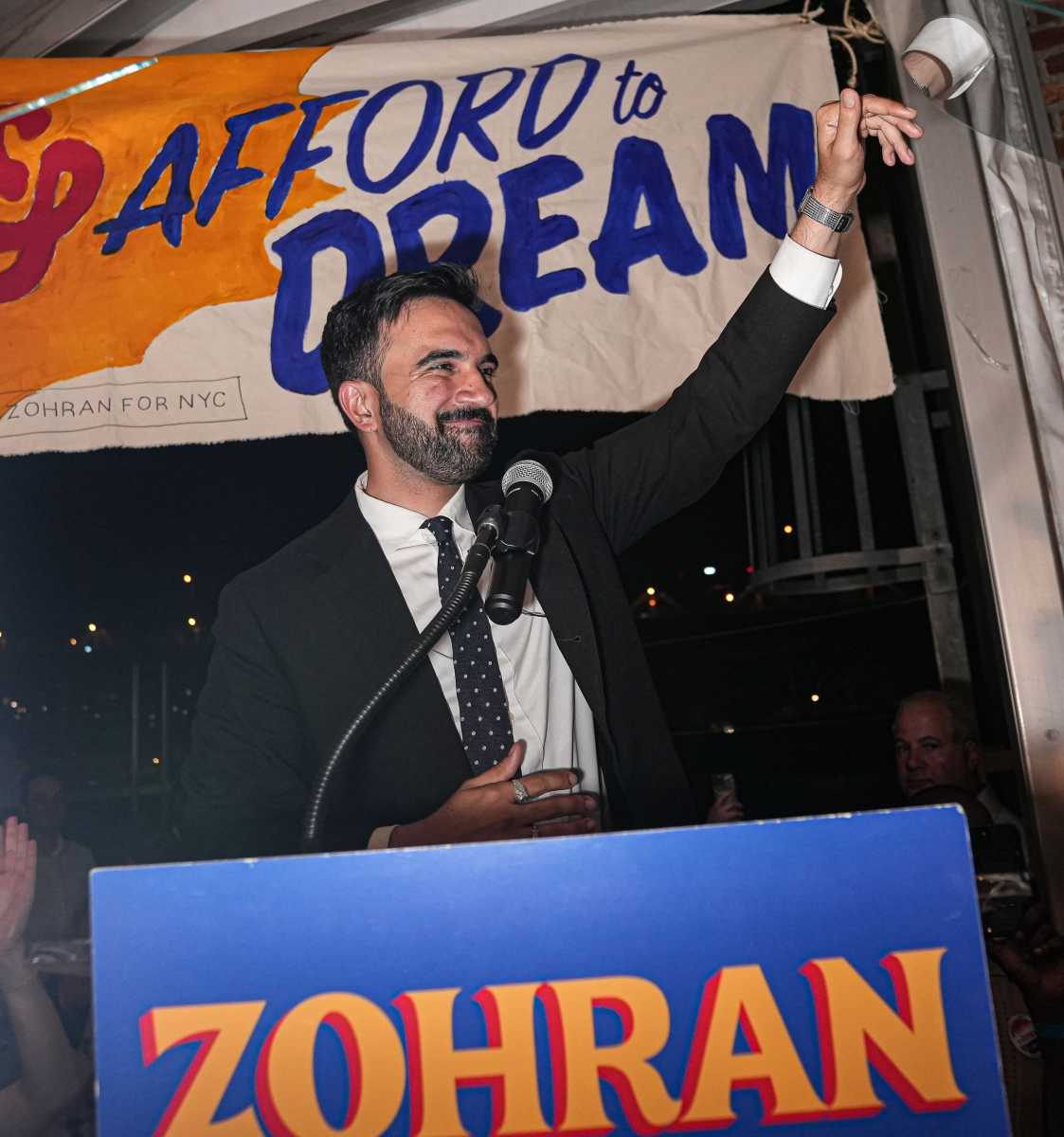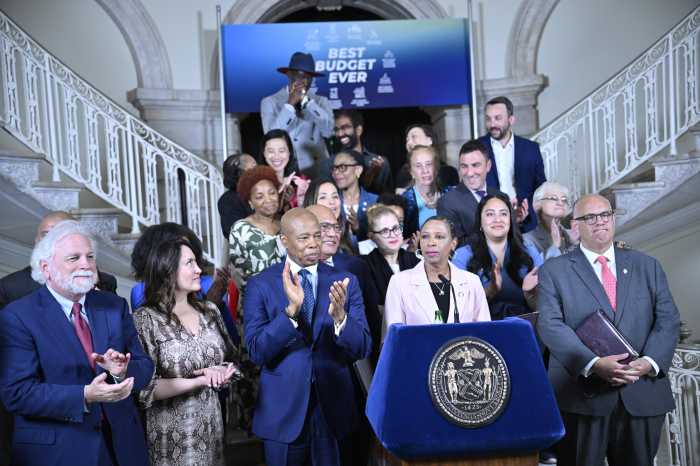The Archdiocese of New York is closing six catholic schools across the borough because of declining enrollment and the high cost of subsidizing the institutions.
Many educators claim the closures will leave hundreds of students without the option to continue their catholic education.
“Our kids will not be able to afford the tuitions anywhere else,” said Michael Brady, a board member at St. Augustine School. “They say there will be Catholic education open for students, but there will be a catholic school open only for the kids who can afford it.”
On Tuesday, January 11, the archdiocese announced that St. Augustine, on Franklin Avenue; St. John Vianney, on Castle Hill Avenue; St. Martin of Tours, on E. 182nd Street; St. Dominic School, on White Plains Road; St. Anthony-St. Frances, onMatilda Avenue and St. Pius V Girls High School, on Courtlandt Avenue will be closing at the end of the school year.
This is part of the diocese’s plan to reconfigure catholic education across the state – a plan known as Pathways to Excellence. In November 2010, the six Bronx schools, along with 26 others across the state, were put on an “at-risk” list because they were receiving high subsidies from the archdiocese. This month, a total of 27 schools lost their funding, which will reduce the diocese’s financial burden by $10 million.
“As we develop a comprehensive regional strategy to meet the needs of Catholic school families, we are now required to allocate our resources to support schools that have healthy enrollments, and can sustain themselves over time,” said Dr. Timothy J. McNiff, superintendent of schools for the archdiocese.
According to Brady, school officials have been meeting with families to try and place students at local parochial schools, but so far few are able to afford them. Most are planning to send their children to public schools after this year ends.
“We’ve created a kind caring campus community and it’s going to be lost because it all comes down to money,” he said. “We don’t have NYPD in the building, and metal detectors at the doors.”
The story at St. Augustine is similar to the other schools in the borough. The school received hundreds of thousands of dollars annually from the diocese, but school officials contended that most of the money covered diocesan-mandated services. Diocesan rules also led to enrollment declines, which further hurt the finances, many schools reported.
St. Augustine, and others on the “at-risk” list, came up with a five-year plan that cut about half of the subsidy from the budget through fund-raising and merging with another school. Plans were in the works to wean the school off the remaining diocesan subsidy in the following years, but because the deficit was not immediately cut, the diocese decided to close the schools.
Also like several other schools, St. Augustine tried to keep tuition low as part of its mission. The school serves a community in the poorest congressional district in the country, where median income is about $16,000 for a family of four.




















